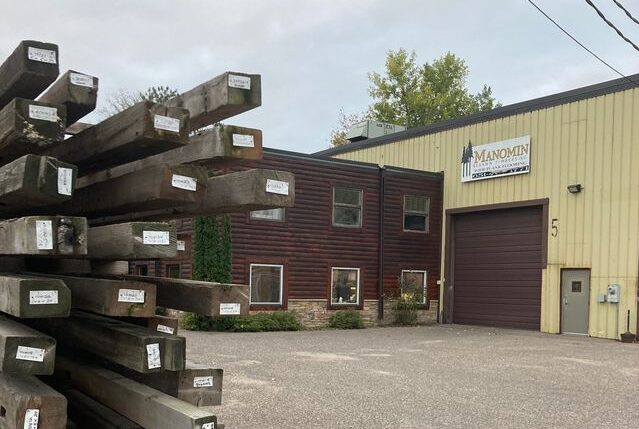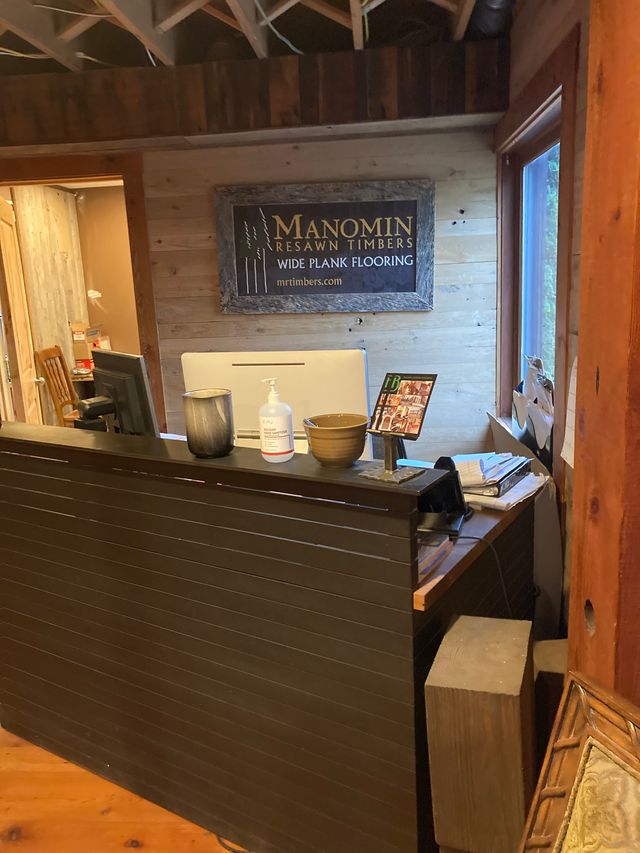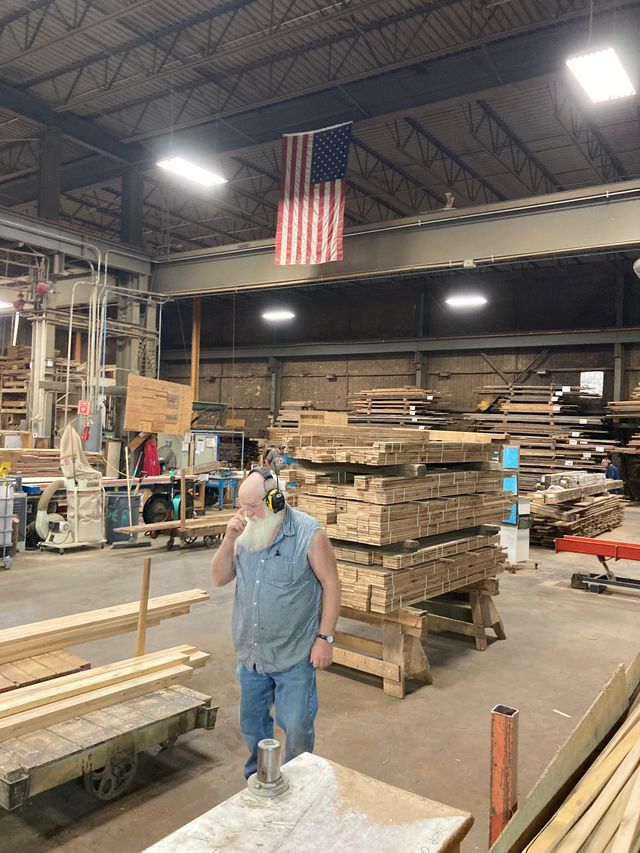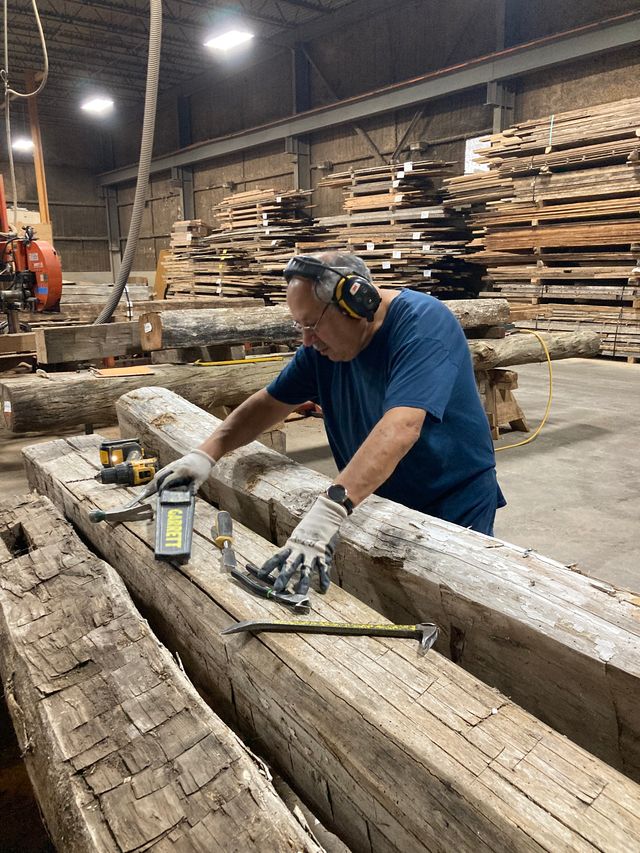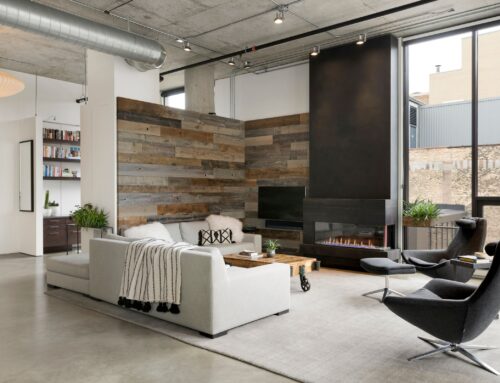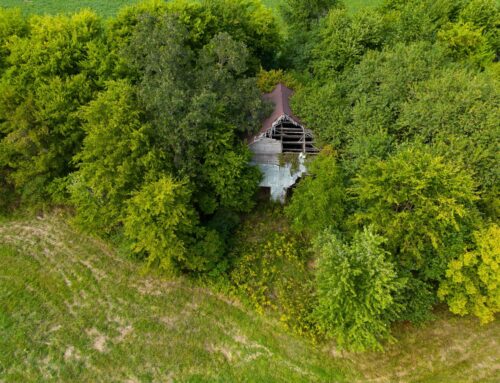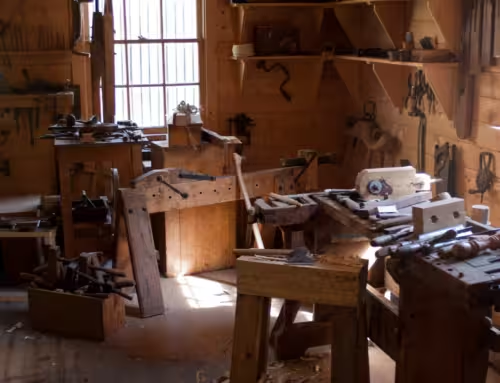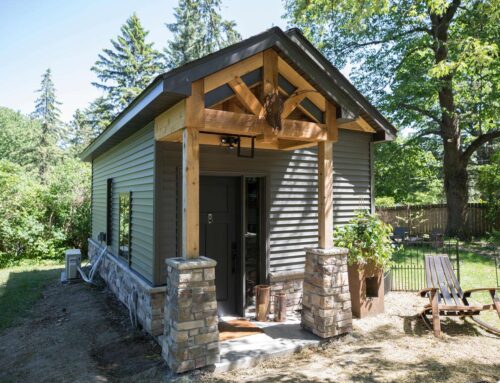Buying reclaimed wood for your next DIY project or home remodel is a smart and stylish decision that offers sustainability and a visually timeless charm. Before you fully dive into the world of reclaimed wood, it’s crucial to understand the ins and outs of this versatile material—what it is, where to find it, and how to ensure you’re getting the most bang for your buck.
What Is Reclaimed Wood?
Reclaimed wood, also known as salvaged or recycled wood, is lumber that has been salvaged from old buildings, barns, or other structures slated for demolition. Instead of being discarded, this wood is carefully deconstructed, processed, and repurposed for new applications while retaining its unique character and history. Unlike newly harvested wood, each piece of reclaimed wood has a story to tell, evident through visible signs of its previous life, like nail holes, saw marks, and weathering. These visual attributes enhance any living space’s aesthetic appeal and authenticity, imbuing each room with individuality and beauty.
Why Choose Reclaimed Wood?
There are several compelling reasons why you should choose reclaimed wood for your next home project:
- Environmental Benefits
Reclaimed wood helps conserve natural resources by reducing the demand for newly harvested timber, mitigating deforestation, and minimizing the large carbon footprint associated with logging and processing new wood.
- Character and Authenticity
With its rich patinas, unique grain patterns, and sense of history, reclaimed wood adds warmth, character, and originality to any space, creating a unique and breathtaking aesthetic.
- Durability and Stability
Old-growth trees in historical structures tend to be denser and more resilient than younger, faster-growing trees in modern lumber. As a result, reclaimed wood often exhibits superior strength, durability, and stability, making it suitable for a wide range of applications that will last over time.
- Design Versatility
Reclaimed wood offers endless design possibilities, from rustic farmhouse tables to sleek accent walls. Its versatility allows unlimited creative customization, whether you prefer a weathered, vintage look, a more polished, contemporary finish, or everything in between.
What Is Reclaimed Wood Good For?
Reclaimed wood is a versatile material with numerous applications for both residential and commercial settings. Here are some popular uses for reclaimed wood:
- Doors: Reclaimed wood can be crafted into sturdy, attention-grabbing doors, adding an inviting vibe to your home’s entrance. These visual attributes elevate any living space’s aesthetic appeal and authenticity, infusing each room’s charm and beauty.
- Flooring: Reclaimed wood flooring brings warmth, character, and a sense of history to any space. Whether installed in a farmhouse cabin or a modern loft apartment, reclaimed wood floors provide a durable and sustainable flooring option that enhances the room’s overall ambiance.
- Panels: Reclaimed wood panels can create accent walls, wainscoting boards, or decorative paneling for your rooms. The natural texture of reclaimed wood adds depth and visual interest to any interior space, making it feel cozy and inviting.
- Tabletops: Reclaimed wood tabletops are popular for dining tables, coffee tables, and desks. The unique grain patterns, knots, and imperfections of reclaimed wood create one-of-a-kind surfaces that serve as stunning focal points in any room.
- Mantels: Reclaimed wood mantels add rustic charm to fireplace surrounds. Whether installed above a traditional wood-burning fireplace or a modern gas insert, they provide a gorgeous backdrop for displaying artwork, photos, or other decorative objects, bringing the entire space together.
These are just a few examples of how reclaimed wood can enhance the beauty and functionality of interior spaces. Reclaimed wood offers endless possibilities for creative expression and design, whether renovating a historic home, constructing a brand new build, or adding a touch of rustic charm to your existing decor.
How Much Does Reclaimed Wood Cost?
The cost of reclaimed wood can vary depending on factors such as species, quality, availability, and market demand. Generally, reclaimed wood tends to be more expensive than new wood due to the labor-intensive process of sourcing, deconstructing, and preparing it for reuse.
Rare or exotic wood species may command even higher prices. However, many find that the unique aesthetic appeal, strong physical properties, and environmental benefits of reclaimed wood will justify the initial investment.
Stop by our showroom in Hugo, Minnesota; we’d be happy to tell you more!
Where Can You Buy Reclaimed Wood?
Finding quality reclaimed wood requires some effort, but there are several options to consider:
- Reclaimed Wood Suppliers
These businesses specialize in sourcing, processing, and selling reclaimed wood materials, providing a convenient option for those looking for specific types or quantities of reclaimed wood all in one spot.
- Reclaimed Lumber Yards: These specialized suppliers offer a wide range of reclaimed wood products, including lumber, beams, flooring, and siding.
- Architectural Salvage Yards: These yards focus on salvaged building materials, offering doors, windows, flooring, and other architectural elements with historical authenticity and character.
- Online Marketplaces: Platforms like Facebook Marketplace, eBay, and Craigslist connect buyers with sellers offering reclaimed wood products and artisanal creations.
- Demolition Sites: With proper permissions and safety precautions, you may be able to salvage wood directly from demolition sites. However, this approach requires more time and effort and fewer options than going through a reputable supplier.
What Should You Look Out For When Buying Reclaimed Wood?
When purchasing reclaimed wood, keep the following considerations in mind:
- Quality: Inspect the wood for signs of damage, rot, insect infestation, or contamination, and choose a reputable supplier who offers their customers quality assurance.
- Authenticity: Verify the wood’s provenance and ensure it has been properly sourced and processed. Ask about its history, age, and any treatments or finishes applied.
- Compatibility: Consider how the reclaimed wood will be used and whether it meets your project requirements in size, species, grade, and finish. Do your research first and find a supplier to help make the process easier.
- Documentation: If available, request documentation or certification to verify the wood’s authenticity, sustainability, and compliance with relevant regulations.
With this starter guide in hand, you’re ready to embark on your reclaimed wood journey with confidence, knowing that you’re opting for an eco-friendly and fashionable choice for your home project. Whether building furniture, renovating entire rooms, or adding architectural accents, reclaimed wood offers an unparalleled blend of beauty, history, and environmental responsibility that’s hard to beat.


